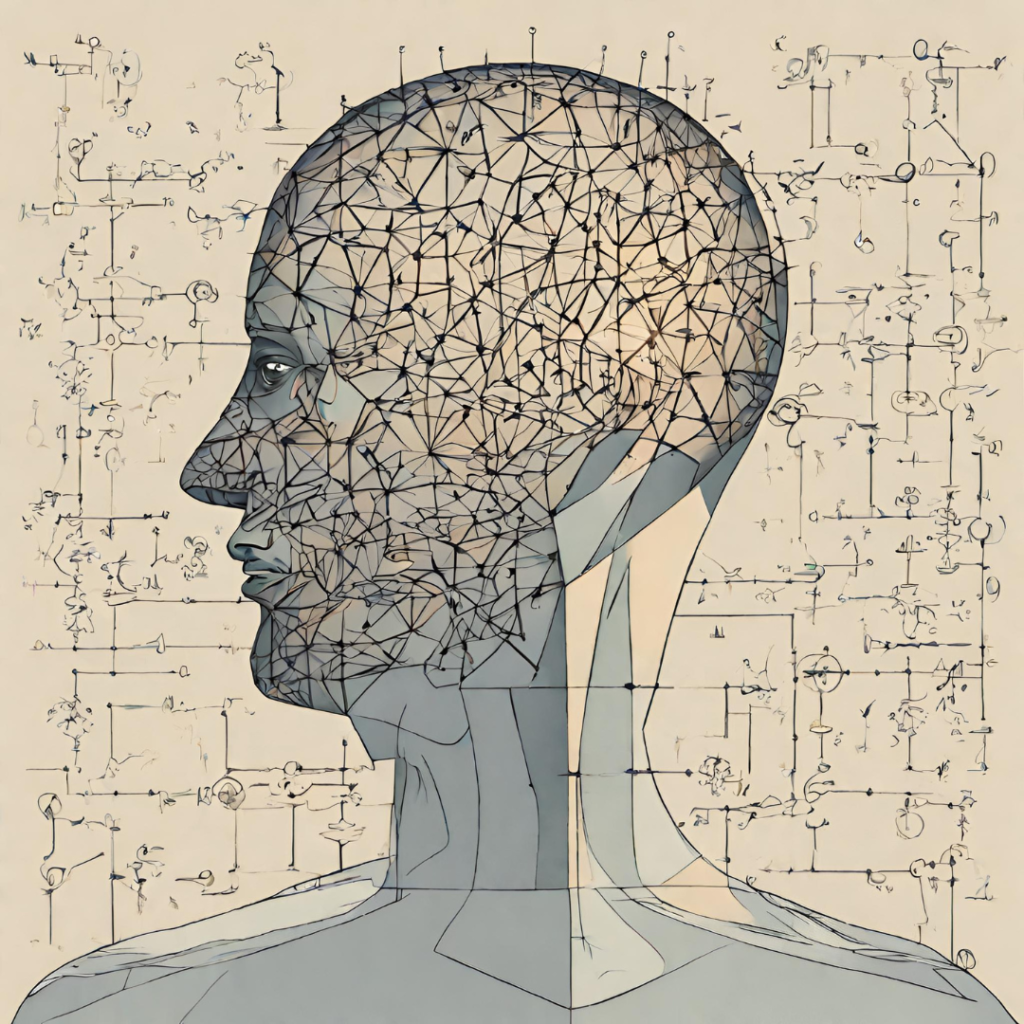
Every individual, in their own unique way, processes information differently. We all have diverse ways of grasping and understanding concepts. One such intellectual modality that particularly stands out is the logical-mathematical learning style. This method of comprehension resonates with those who thrive on logic, reasoning, patterns, and systematic structures.
Understanding Logical-Mathematical Learning
Logical-mathematical learners, often termed “logical learners,” gravitate towards patterns, relationships, and abstract thinking. These individuals enjoy the challenge of solving puzzles, playing strategy games, and figuring out complicated problems.
The term originates from Howard Gardner’s theory of multiple intelligences. According to Gardner, this style of learning is one among a broader spectrum of intelligences. Logical learners, as he posits, have a heightened ability to analyze problems, conduct mathematical operations, and execute scientific investigations.
Hallmarks of Logical-Mathematical Learners
- Problem-Solving Prowess: These learners revel in dissecting problems, identifying patterns, and seeking solutions using a step-by-step approach.
- Appreciation for Abstract Ideas: They often understand and create abstract symbolic representations, such as formulas or algorithms.
- Structured Thought: Logical learners thrive in environments where information is systematically presented. They benefit from outlines, flow charts, and diagrams.
- Scientific Thinking: They’re inclined to inquire, experiment, and understand the why and how of things.
Tapping into Logical Learning in Educational Settings
For educators or individuals aiming to harness this learning style, a few strategies can be particularly effective:
- Incorporate Problem-Solving Activities: Offer opportunities for logical learners to challenge themselves. Brain teasers, Sudoku, and strategic games can be instrumental in stimulating their thinking processes.
- Use Visual Aids: Diagrams, charts, and flowcharts cater to their structured mode of thinking. This can help in breaking down complex ideas into manageable chunks.
- Encourage Hypothetical Thinking: Pose “what if” scenarios to stimulate critical thinking. Logical learners often enjoy exploring potential outcomes of various scenarios.
- Incorporate Real-Life Applications: Show them the practical application of theoretical concepts. For instance, demonstrating how algebraic formulas are used in real-world scenarios can be immensely beneficial.

Overcoming Challenges
While there are numerous advantages to the logical-mathematical learning style, like all styles, it’s not without its challenges.
- Over-Analyzing: Sometimes, logical learners can get stuck in a loop of over-analysis. They might overthink a simple problem or get lost in details.
- Struggling with Subjectivity: Logical learners prefer facts, figures, and concrete data. They might find it challenging to navigate subjects that demand emotional or subjective interpretation.
To address these challenges, it’s crucial to offer a balanced learning environment. Integrating diverse learning materials, from subjective narratives to concrete data, can provide a well-rounded educational experience.
Harnessing the Power of Logical Learning in Daily Life
Outside the classroom, the logical-mathematical learning style offers numerous applications:
- Decision Making: Analyzing pros and cons, weighing different options based on logical parameters, and predicting outcomes are essential facets of decision-making that align well with this style.
- Career Paths: Many professions, such as engineering, data analysis, finance, and research, require a logical and systematic approach to tasks.
- Personal Growth: Engaging in activities that stimulate logical thinking, like puzzles, strategy games, or even programming, can contribute significantly to cognitive development and resilience.
Conclusion
The world of logical-mathematical learning is as intricate as it is fascinating. Recognizing its nuances and potential can be transformative, both in academic settings and daily life.
For those who resonate with this style, it’s a testament to the systematic, structured, and patterned brilliance of their minds. And for those who don’t, understanding it offers a window into a different, equally valid mode of thinking. Embracing the diversity of our intellectual modalities, after all, enriches the tapestry of human cognition.

